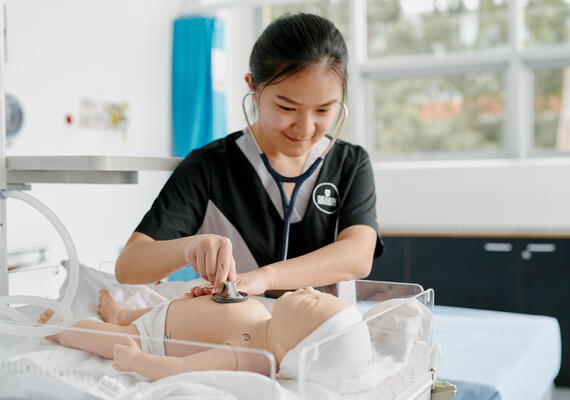IHT PhD candidate Urvi Thanekar is investigating the co-benefits of renewable energy when a hospital transitions to being renewably powered.
Climate change has been declared a public health emergency in the 21st century. Hospitals, healthcare centres and health services are responsible for protecting health, treating patients, and saving lives from the effects of climate change. However, health care systems, particularly those of high-income countries, are driving up carbon emissions while delivering care, and procuring products and services. Therefore, healthcare systems are facing a dual challenge of dealing with health impacts of climate change and reducing their own emissions.
The direct, indirect and social impacts of climate change result in a number of human diseases. As the disease burden increases there will be more pressure will be placed on health systems to provide a greater number of services. Ultimately causing the health systems to consume more energy and resources resulting in more emissions impacting the changing climate. To put things in perspective, if the entire global health system were a country, it would be the fifth largest polluter on Earth. And if nothing is done about it the healthcare emissions could triple between now and 2050.


